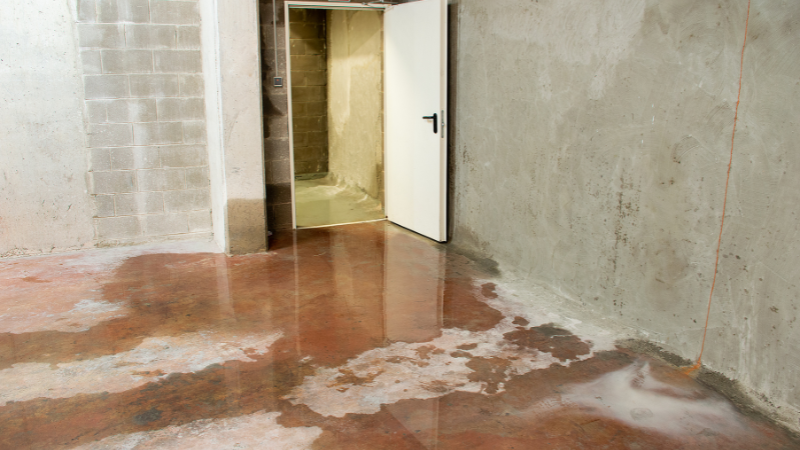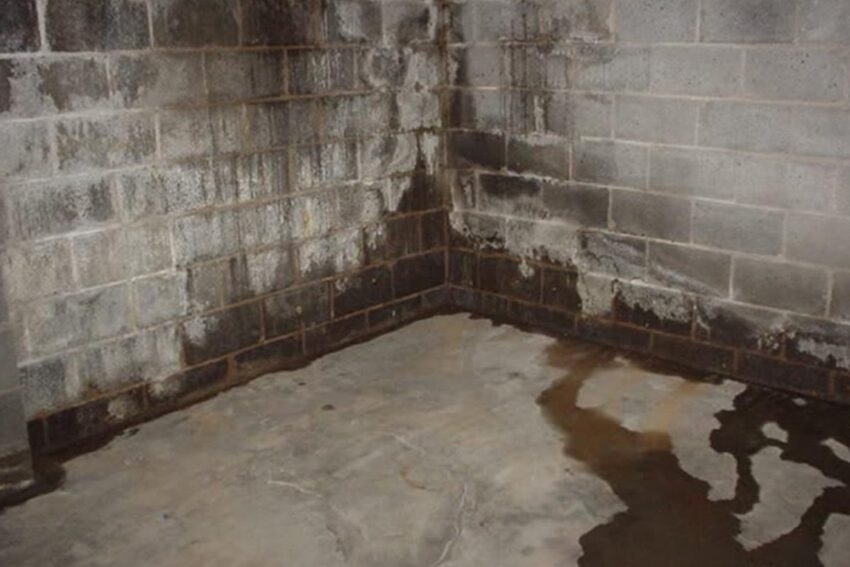Facing a leaky basement wall is a common but frustrating issue for many homeowners. Not only can it lead to significant water damage, but it also poses a threat to your home’s structural integrity and can invite mold growth.
Fortunately, with the right approach and a bit of DIY spirit, you can tackle this problem from the inside out. This guide for 2024 is designed to empower homeowners with the knowledge and tools necessary to address leaky basement walls effectively.
Understanding the Cause of Leaks

Before diving into the repair process, it’s crucial to understand what causes basement leaks in the first place. Water can infiltrate your basement through cracks, holes, or porous materials, often as a result of external pressure or foundational shifts. Identifying the source of the leak is the first step toward a lasting solution.
Start by inspecting your basement walls and floor for any visible signs of moisture, such as damp spots, mold, or efflorescence—a white, powdery substance left by evaporating water.
Sometimes, the source of the leak might be obvious, like a crack in the wall. In other cases, it might require a more thorough investigation, including checking the exterior of your home for issues that could lead to water accumulation against your foundation.
Consider external factors that could be contributing to your basement’s moisture issues. Poor drainage, such as clogged gutters or improperly graded landscaping, can direct water toward your foundation rather than away from it.
Addressing these external issues is crucial for preventing future leaks and ensuring the effectiveness of your internal repairs. For more detailed information and solutions on managing external water issues, you can explore https://www.foundationwaterproofingniagara.com/.
DIY Repair Solutions

Once you’ve identified the cause of your leaky basement walls, it’s time to move on to the repair solutions. There are several DIY methods to address this issue, ranging from simple fixes to more involved repairs. The right approach will depend on the severity and source of the leak.
For minor cracks and holes, hydraulic cement or epoxy injections can be effective solutions. Begin by cleaning the affected area thoroughly to remove any loose material. Then, apply hydraulic cement following the manufacturer’s instructions.
This material expands as it sets, effectively sealing the crack against water. For smaller cracks, epoxy injections might be more suitable. These injections fill the crack and cure to form a waterproof seal.
In cases where the basement walls are generally porous but without significant cracks or holes, applying a waterproofing paint or membrane can provide a barrier against moisture. These products are designed to be applied directly to the interior surfaces of your basement walls.
Waterproofing paint is a more straightforward solution, suitable for DIYers while installing a waterproofing membrane might require a bit more effort and precision.
Conclusion
Fixing leaky basement walls from the inside is a challenging but achievable task for many homeowners. By understanding the cause of the leaks, identifying the source, and applying the appropriate DIY repair solutions, you can protect your home from water damage, enhance its structural integrity, and create a healthier living environment. Remember, tackling this issue promptly and effectively can save you time, money, and stress in the long run.

